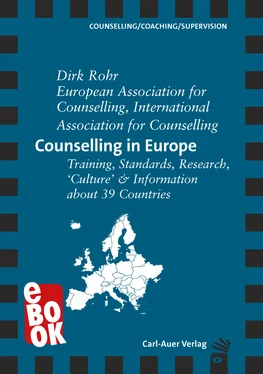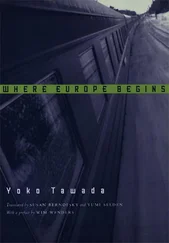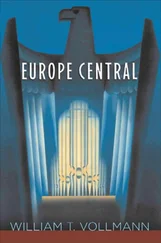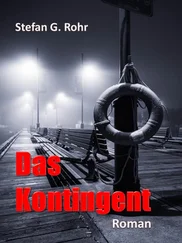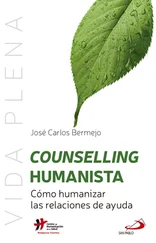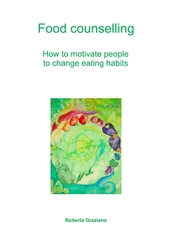The following visualisation attempts to delimit and narrow down the field of counselling (see Figure 1).
Its four axes express rather qualitative aspects (cf. Brandel-Nebehay & Russinger, 2005; Gregusch, 2013). Thus, they do not capture typically quantitative factors of counselling, such as the duration or frequency of sessions (one-time, several or up to fifty sessions; time from five minutes to one hundred and twenty minutes or more), the setting with the number of counselees (i. e. individual, couple, group or team counselling) or the specificity of the diagnostic process. Instead, the graph can be used to characterize concrete counselling via the range between the poles (1) specificity "Consulting" to "psychosocial counselling", (2) voluntariness in the use of counselling, "high voluntariness" to "low voluntariness", (3) formalisation of the setting, "formal" to "informal" setting (4) interests of the Counsellor, "own strong interests" to "no own interests" (if applicable, the term "convictions" would also fit here). I want to illustrate the four axes using the example of a freelance, practising Counsellor:
(1) On the axis of specificity from "Consulting" (or information-giving counselling, such as financial counselling or educational counselling) to the other pole: "psychosocial counselling" (or process counselling, Therapeutic Counselling, etc.), one would most likely make a point in the right quarter (since, for example, communication or conflict models or even psychoeducation are introduced and explained, it can also have parts of information-giving counselling).
(2) Voluntariness in the use of counselling: A very "high voluntariness" can be assumed here. At first glance, this axis may seem very clear-cut. Still, even in the coercive context of a correctional institution, there are voluntary counselling offers or, in the case of couples counselling, definitely 'involuntary' participants.
(3) Formalisation of the setting: In our example, we can speak of a 'formal' setting: Not as formal and bureaucratic as, e. g. psychotherapy, but also not as informal as the 'Counselling talk' between boss and employee.
(4) Interests of the Counsellor: Here, we would probably speak of 'not so strong own interests'. Maybe there is an institution with its expectations, mission statements, funding ideas, etc. – and yet no self-employed counsellor can have an interest in losing clients 'too quickly'.
Moreover, there are 'own convictions' of the Counsellor with regard to counselling per se: e. g. that a robust solution orientation is helpful or rather deep processing, that an intense confrontation e. g. in the sense of the provocative style is helpful or rather an empathic-appreciative listening is essential, that 'it is better not to separate' or 'that one does not stick to difficult couple relationships'. As in school, there are 'hidden curricula' in counselling.
If this visualiation invites professional (self-)reflection, it has already fulfilled its purpose, knowing that it is an inadmissible reduction of complexity (Rohr, 2017b).
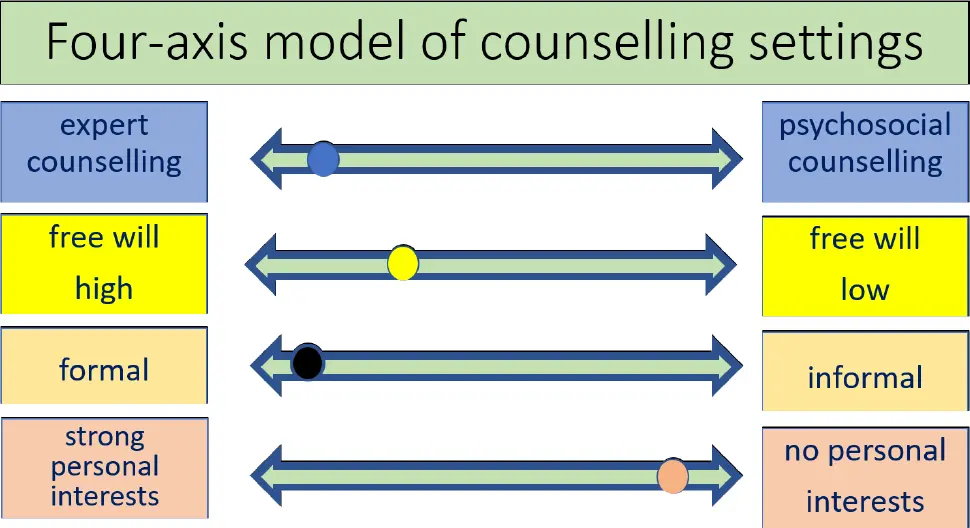
Figure 1: Four-axis model of counselling settings (Rohr 2017)
References
Brandl-Nebehay, A. & Russinger, U. (1995): Systemische Ansätze im Jugendamt – Pfade zwischen Beratung, Hilfe und Kontrolle. Zeitschrift Systemische Therapie 13/2: 90–104.
Bundeszentrale für gesundheitliche Aufklärung BZgA (1975): Beratungsführer. Köln.
Gregusch, P. (2013): Auf dem Weg zu einem Selbstverständnis von Beratung in der Sozialen Arbeit – Beratung als transprofessionelle und sozialarbeitsspezifische Methode. Bonn: socialnet Verlag.
Lumma, K. (Hrsg.) (1999): Counselling – Theorie und Praxis der Beratungspädagogik Humanistische Psychologie. 22. Jahrgang, Sonderausgabe 1/99. Eschweiler: IHP- Bücherdienst.
Nestmann, F. (2007b): Professionelle Beratung: Grundlagen, Verfahren, Indikatoren. In: Senf, W. & Broda, M. (Hrsg.): Praxis der Psychotherapie. Stuttgart: Thieme, S. 186–194.
Rohr, D. (Hrsg.) (2017b): Kontext – Zeitschrift für Systemische Therapie und Familientherapie. Schwerpunktheft Aus- und Weiterbildung in Beratung. 3/2017. Göttingen: Vandenhoeck & Ruprecht.
2 European Association for Counselling (EAC) 1
Welcome to the European Association for Counselling!
Our vision is to strengthen counselling within Europe, to make counselling accessible for all – to empower people. We should improve the conditions of the daily work of all counsellors.
I hope that this document will serve as a guideline for you if you want to join us in our efforts to establish counselling as a European profession with clear goals, as formulated in the term’s definition. In this chapter, we reaffirm the standards of excellence and continuous growth necessary if we, as counsellors, respond to the growing needs of people who are confronted with new educational, socio-political, cultural and economic realities.
This chapter also shows the progress of the European Association for Counselling. It follows the publication of the Charter of Ethics for Practical Counsellors and the Minimum Standards for the Training of European Counsellors. The European Certificate in counselling introduces a new level of qualification that genuinely reflects the status of counsellors receiving EAC accreditation and illustrates our acceptance of our different nationalities and cultures and the commonality of our efforts as European counsellors.
"We are only as strong as we are united, and we are as weak as we are divided."
2.1 Introduction and Background to the Development of EAC Training Standards
The EAC has got a working group called 'Professional Training Standards and Accreditation Committee' (PTSAC).
This statement reflects the guiding philosophy for the work of the PTSAC.
The Professional Training Standards and Accreditation Committee's prime task is to acknowledge, respect, and address the tremendous differences within the countries in Europe and avoid all political efforts to make the EAC a representative of any single part of Europe .
The professional standards as developed should therefore be open to differences in:
• dimensions of country / culture
• relationship between counselling and psychotherapy
• individual versus organisational counselling
• state-of-the-art developments
• the extent to which different theoretical orientations are valued
2.2 Training Standards Guidelines
Establishing the standards to suit so many different countries proved to be a tricky balance. Some pushed for higher standards, and others wanted lower standards. It was clear that countries in which there were no agreed upon standards wanted lower standards. Eventually, the categories of European counsellor training standards were decided upon by the founding committee.
Over the years, there have been frequent discussions on this subject. And proposed training hours have been the subject of much debate, discussion and consultation. They reflect the need to incorporate the various 'levels' of counsellor under the European standards umbrella and promote the professional counsellor’s mobility across National boundaries to enhance the career path working towards " Counselling without Borders ".
We have been fortunate to have committee members representing different countries, modalities, and comprehensive experience of the counselling profession internationally.
EAC now offers accreditation as a European Counsellor. You will find the standards and procedures for the European Certificate of Counsellor Accreditation award on these pages.
Читать дальше
